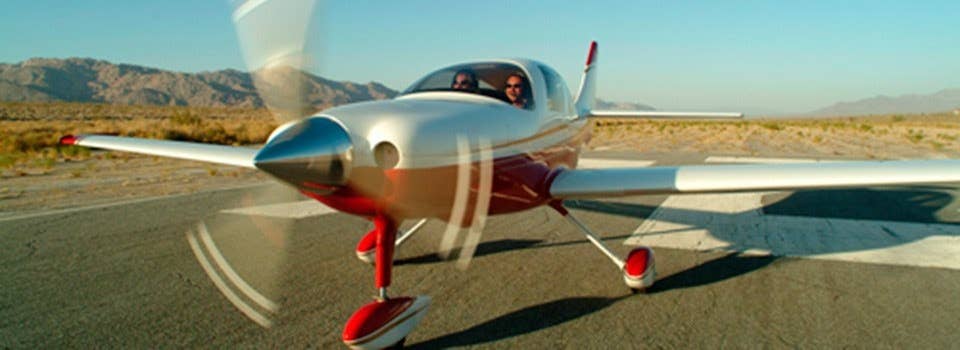Lilium eVTOL Achieves a Major Test Flight Hurdle
Germany-based electric vertical takeoff and landing developer Lilium (NASDAQ: LILM) announced Tuesday it has achieved one of the most challenging hurdles of eVTOL flight: a main wing transition from hovering to horizontal flight in a full-size demonstrator aircraft.

Phoenix 2 is currently in the middle of an uncrewed flight testing campaign at the ATLAS Flight Center in Villacarrillo, Spain. [Courtesy: Lilium]
Germany-based electric vertical takeoff and landing (eVTOL) developer Lilium (NASDAQ: LILM) announced Tuesday it has achieved one of the most challenging hurdles of eVTOL flight: a main wing transition from hovering to horizontal flight in a full-size demonstrator aircraft.
In a news release, the company hailed the achievement, saying it makes its test article “the first ever full-size electric jet aircraft to transition from hover to wing-borne flight.”
Lilium is among hundreds of eVTOL startups aiming to create zero-emission passenger aircraft for short urban or regional flights. The company’s fifth-generation Phoenix 2 demonstrator differs from many of Lilium’s eVTOL competitors that fly with tilt-rotor propulsion. Lilium’s propulsion system uses a series of 30 battery-powered ducted fans embedded across the aircraft’s wings and forward canards.
During a successful transition, the aircraft’s lift is transferred in flight during the hover phase from ducted fan propulsors to the wing surfaces as airflow passes over the wings and flaps.
“Main wing transition is a huge step forward on our path to launch and it validates our flight dynamics model,” said Matthias Meiner, company founder and Phoenix chief engineer in a news release. “Full credit goes to the outstanding Lilium team who worked so hard to get us here, and who remain laser-focused on the rest of the flight test campaign.”
Phoenix 2 is currently in the middle of an uncrewed flight testing campaign at the ATLAS Flight Center in Villacarrillo, Spain.
About the Aircraft
The seven-seat production design for the Lilium Jet includes an expected range between 40 and 200 km (22 and 108 nm) and expected maximum speeds up to 300 km/h (162 knots).
The company said it aims to continue the flight test campaign through this summer, expanding the eVTOL’s flight envelope, including transition of the forward canards and high-speed flights. Lilium expects to achieve EASA type certification for the Lilium Jet in time for it to enter service in 2025.

Subscribe to Our Newsletter
Get the latest FLYING stories delivered directly to your inbox






